(CLO) China and the US boast the world's most formidable stealth fighters, but which one has the upper hand? A simulated battle between Chinese and US stealth fighters has revealed the answer.
A group of Chinese military experts decided to find out by conducting a simulated battle between a People's Liberation Army (PLA) J-20 and a US F-22.
To be cautious, the Chinese aircraft's specifications, including radar capabilities and stealth capabilities, were deliberately set lower than those of the US aircraft.
As a result, in every situation, the Chinese fighter jet won with a victory rate exceeding 95%. This achievement is believed to be due to the J-20's ability to combine with two to three unmanned aerial vehicles (UAVs).
These UAVs can spy on enemies, draw fire from F-22s and carry out attacks from multiple directions, while the human-piloted J-20 will deliver the decisive blow.
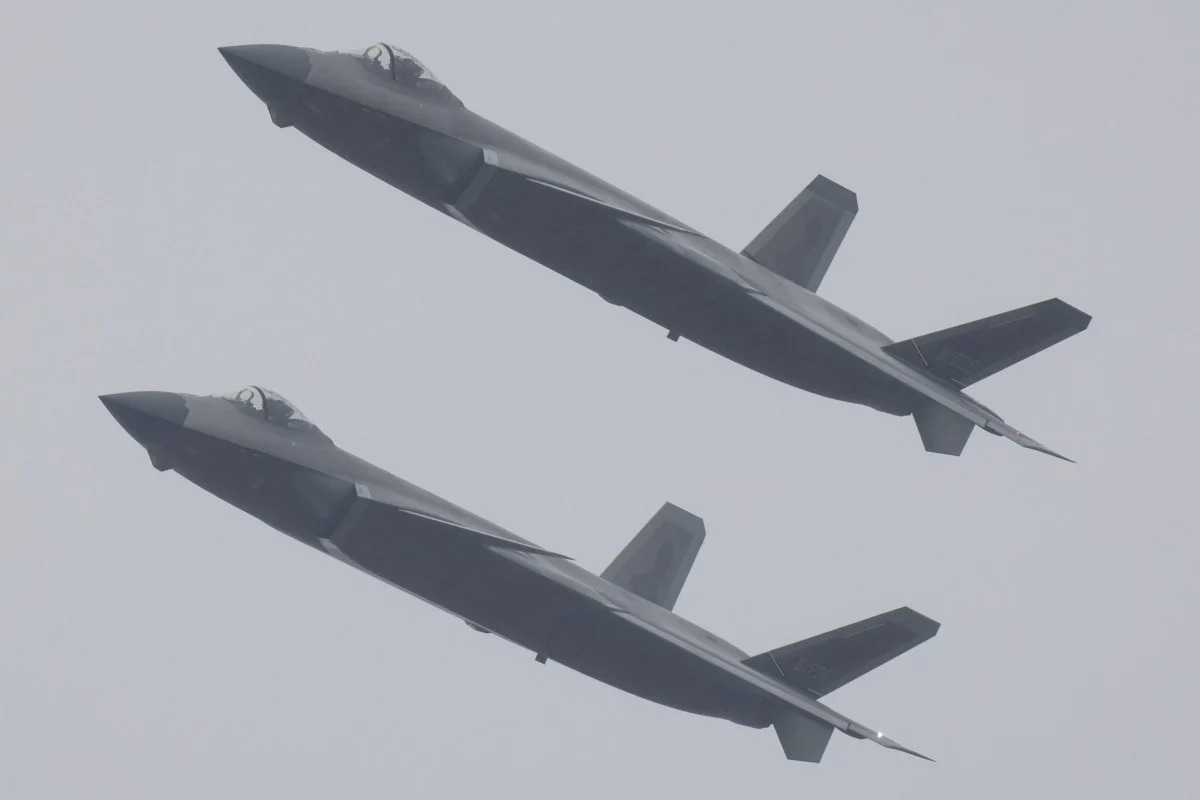
Chinese military researchers have pitted China's J-20 stealth fighter against the US F-22 in a simulated battle to see which plane would win. Photo: AFP
At this month’s Airshow China, the PLA unveiled the latest version of its J-20S heavy stealth fighter. A world first, the two-seat stealth fighter features a unique design: one pilot focuses on flying and weapons, while the other handles communications and UAV control.
“The modern air combat landscape has undergone major changes due to rapid advances in information technology and unmanned aerial vehicles,” the research team led by Zhang Dong, associate professor of astronautics at Northwestern Polytechnical University, wrote in a paper published this month.
“Although there is still a gap between the autonomy of drones and the needs of aerial combat, cooperation between manned aircraft and drones offers a promising solution,” Zhang and colleagues said.
According to Mr. Zhang's article, the two pilots of the J-20S have a huge workload: they have to integrate data from satellites, warning aircraft, ground radars and drones, assess the battlefield situation, assign targets to UAVs and make split-second decisions to attack or defend.
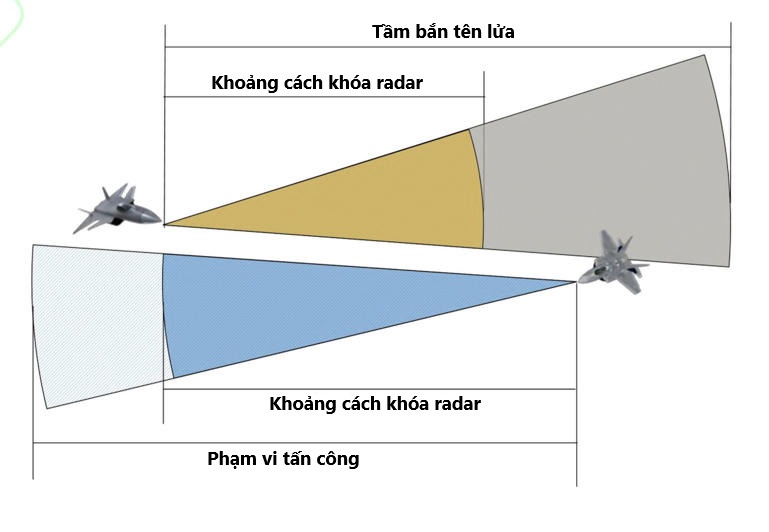
Comparison of situational awareness and attack range of J20 (top) and F22 (bottom). Graphic image: SCMP
Simulations show that a single J-20 armed with eight medium-range air-to-air missiles has less than a 10 percent chance of defeating an F-22 carrying six AIM-120Cs. Although the Chinese missiles have a longer range, the US jet's radar still has an advantage in detection.
But the addition of two drones changed the situation, and with three drones, the J-20's advantage was expanded, allowing it to win without even engaging in combat.
Mr. Zhang's team used advanced digital simulation systems for air combat situations.
“Our platform includes realistic 6-degree-of-freedom models of real operational fighter aircraft, sensor models, and missile simulations, capable of simulating real-world manned and unmanned air combat,” they wrote.
Ngoc Anh (according to SCMP)
Source: https://www.congluan.vn/so-sanh-j-20-va-f-22-tiem-kich-trung-quoc-thang-chien-dau-co-my-nho-trang-bi-them-uav-post323609.html













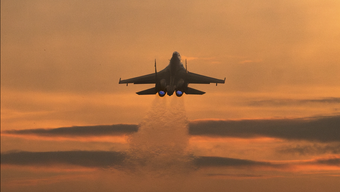








![[Photo] National Assembly Chairman attends the seminar "Building and operating an international financial center and recommendations for Vietnam"](https://vphoto.vietnam.vn/thumb/1200x675/vietnam/resource/IMAGE/2025/7/28/76393436936e457db31ec84433289f72)






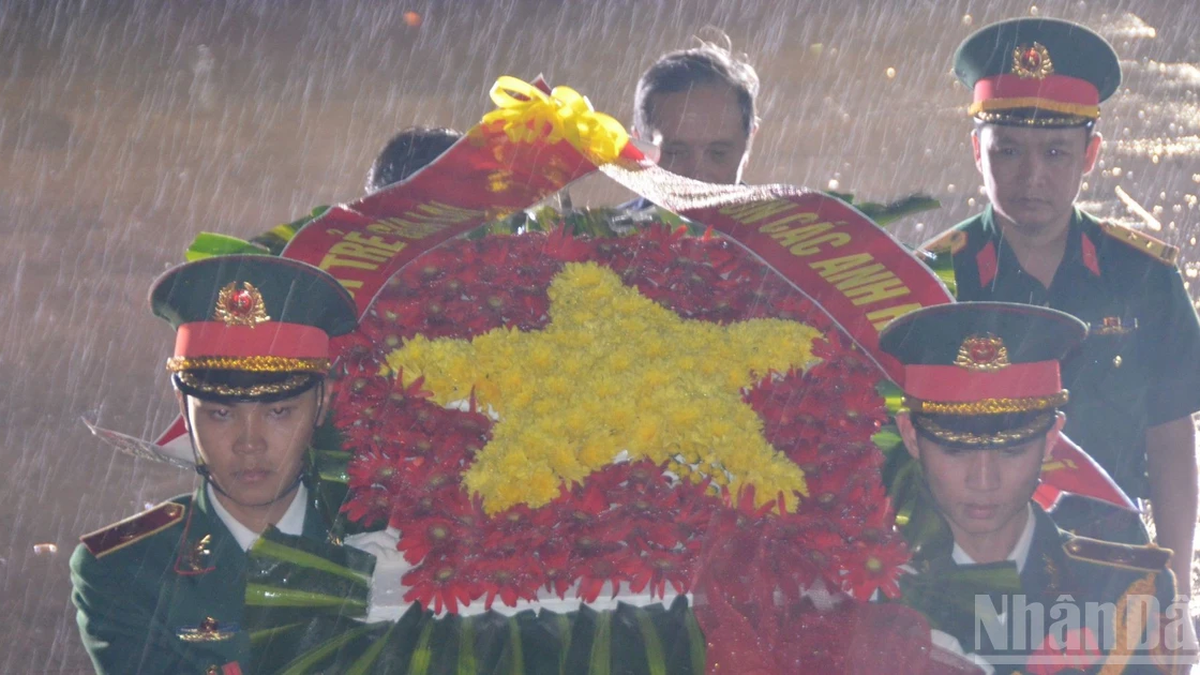
































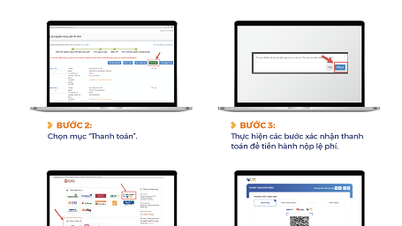






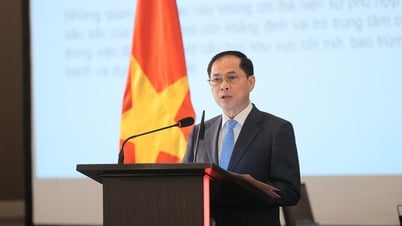
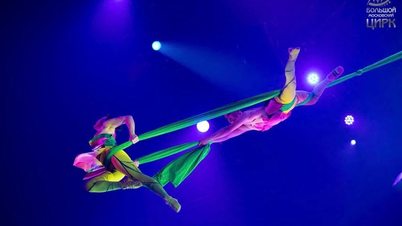



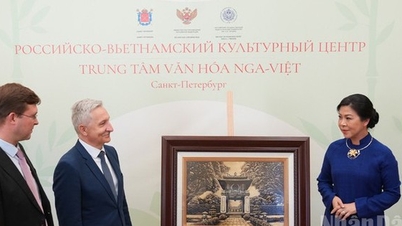







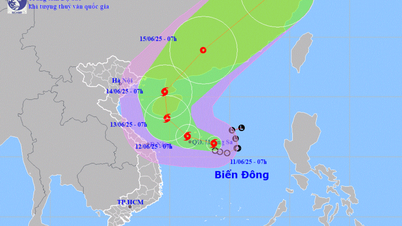


















Comment (0)